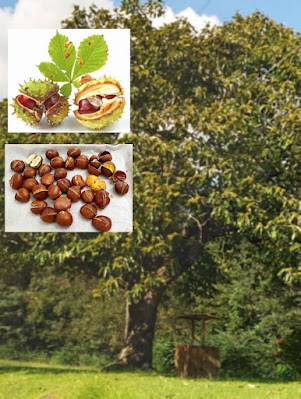Here’s a detailed list of nuts along with their characteristics and uses:
1. Almonds
- Taste & Texture : Mildly sweet, slightly crunchy.
- Nutritional Value : Rich in Vitamin E, fiber, magnesium, and healthy fats.
- Uses : Eaten raw, roasted, or as almond milk/flour. Popular in desserts like marzipan.
2. Walnuts
- Taste & Texture: Buttery, slightly bitter with a crunchy exterior.
- Nutritional Value: High in Omega-3 fatty acids, antioxidants, and protein.
- Uses: Used in salads, baking (e.g., brownies), and as a topping for oatmeal.
- Taste & Texture: Creamy and mildly sweet.
- Nutritional Value: Good source of healthy fats, zinc, and magnesium.
- Uses: Eaten raw, roasted, used in curries, and made into cashew butter.
4. Pistachios
- Taste & Texture: Sweet and earthy, with a slightly chewy bite.
- Nutritional Value: Rich in protein, Vitamin B6, and fiber.
- Uses: Enjoyed as a snack, in ice creams, and desserts like baklava.
5. Hazelnuts
- Taste & Texture: Sweet and buttery with a smooth crunch.
- Nutritional Value: High in Vitamin E, healthy fats, and manganese.
- Uses: Found in spreads like Nutella, chocolates, and pastries.
6. Brazil Nuts
- Taste & Texture: Rich, creamy, and slightly crunchy.
- Nutritional Value: Extremely high in selenium, a powerful antioxidant.
- Uses: Eaten on their own or added to nut mixes.
7. Pecans
- Taste & Texture: Buttery and sweet with a tender crunch.
- Nutritional Value: High in monounsaturated fats and antioxidants.
- Uses: Known for pecan pie, also used in salads and granola.
8. Macadamia Nuts
- Taste & Texture: Rich, creamy, and crunchy.
- Nutritional Value: High in monounsaturated fats and fiber.
- Uses: Often used in cookies, chocolates, and snacks.
9. Pine Nuts
- Taste & Texture: Sweet and slightly resinous.
- Nutritional Value: Rich in Vitamin K, magnesium, and healthy fats.
- Uses: Key ingredient in pesto; used in salads and Mediterranean dishes.
10. Chestnuts
- Taste & Texture: Soft, starchy, and mildly sweet when roasted.
- Nutritional Value: Low in fat but rich in Vitamin C and carbohydrates.
- Uses: Roasted as a snack, used in stuffing, or made into flour.
Bonus: Commonly Mistaken for Nuts
1. Peanuts
- Technically a legume but often grouped with nuts. Used in peanut butter and snacks.
2. Coconuts
- Although called a nut, it’s a drupe. Used for oil, milk, and dried flakes.
3. Sunflower Seeds
- Seeds of the sunflower plant, used in snacks, oils, and butter.
*Extra Info from our reader/viewer :
1. Monounsaturated Fatty Acids (MUFA), which has been shown to help with belly-fat loss!
Nuts are very high in MUFA, some of the best being macadamias (60%), almonds (40%), and peanuts (25%).
ok..that's a wrap, please comment if there any others nuts or etc about nuts that i'm not mention it here..

































